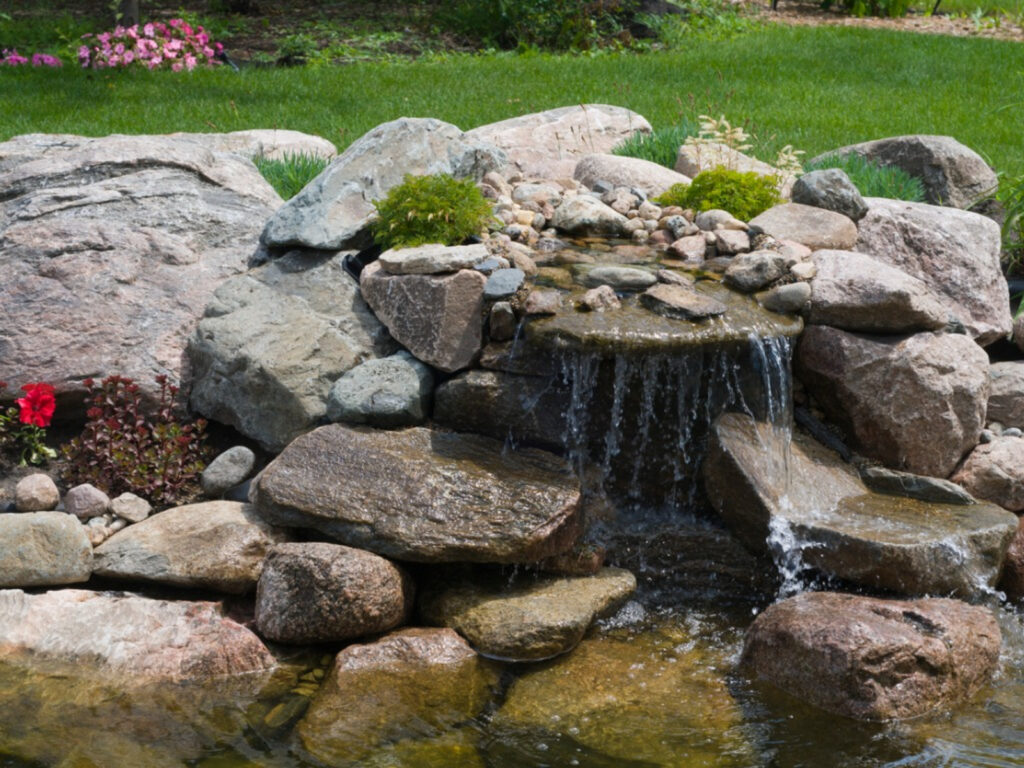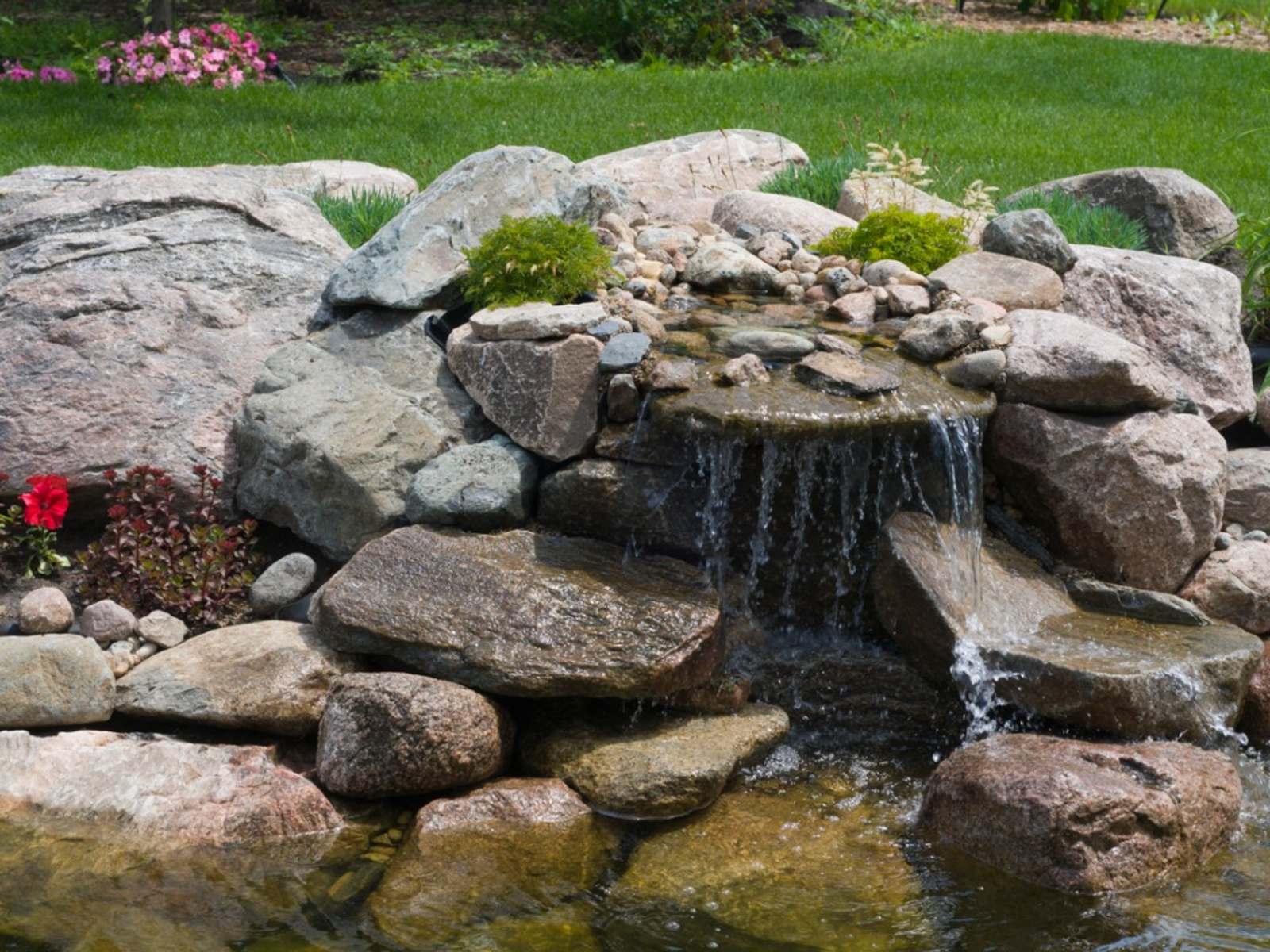As a gardener, you’re familiar with hardiness zones and frost dates. You check those little numbers in the catalogues to see if that interesting plant will survive in your backyard, but there is another important factor to check before you plant. Are there areas of your yard that may be creating microclimates? What is it and what are the causes of a microclimate?

What is the Characteristic of a Microclimate?
A microclimate is a small area within a climate zone where the climate is slightly different from the zones predictions. A good example of a microclimate that is fairly large would be a valley where cold air settles. The temperature may be several degrees cooler than your zone maps indicate. Large bodies of water or urban area temperatures may also provide causes of a microclimate to form.
In your home garden buildings, fences, ponds, and patios all contribute to what is the characteristic of a microclimate. For a basic example of a microclimate in your yard, think of moisture and shade. Using just these two factors can show you how to make a microclimate work in your garden. The following are each an example of a microclimate:
- Dry soil/Lots of sun: Plant drought tolerant plants. Is it a good spot for that Mediterranean garden you’ve been thinking about?
- Dry soil/Shade: A difficult combination often found under large trees, these areas may be cooler than the surrounding areas making them ideal for cool weather plants that wilt in the sun.
- Moist soil/Lots of sun: Here’s the spot for a water garden or bog garden. Plant anything that doesn’t mind wet feet.
- Moist soil/Shade: Looking for a woodland retreat? This is the perfect place for hostas, azaleas, dogwoods, or Japanese maples.
How to Make a Microclimate
Take a look around your yard at the areas described above. What is a characteristic to microclimate that you can modify or enhance? Can you build a rock garden in that dry sunny place? Large rocks or boulders absorb heat during the day and release it at night. They can be used to block the wind. A plant from a warmer zone might be able to survive in such a place.
Choose plants that might benefit from creating microclimates in small pockets of your yard. You might extend your growing season by planting frost tender plants on the south side of your house using the sun and shelter of the building in creating a microclimate for them.
With a little time and thought, you can figure out how to make a microclimate work for you and your garden.

